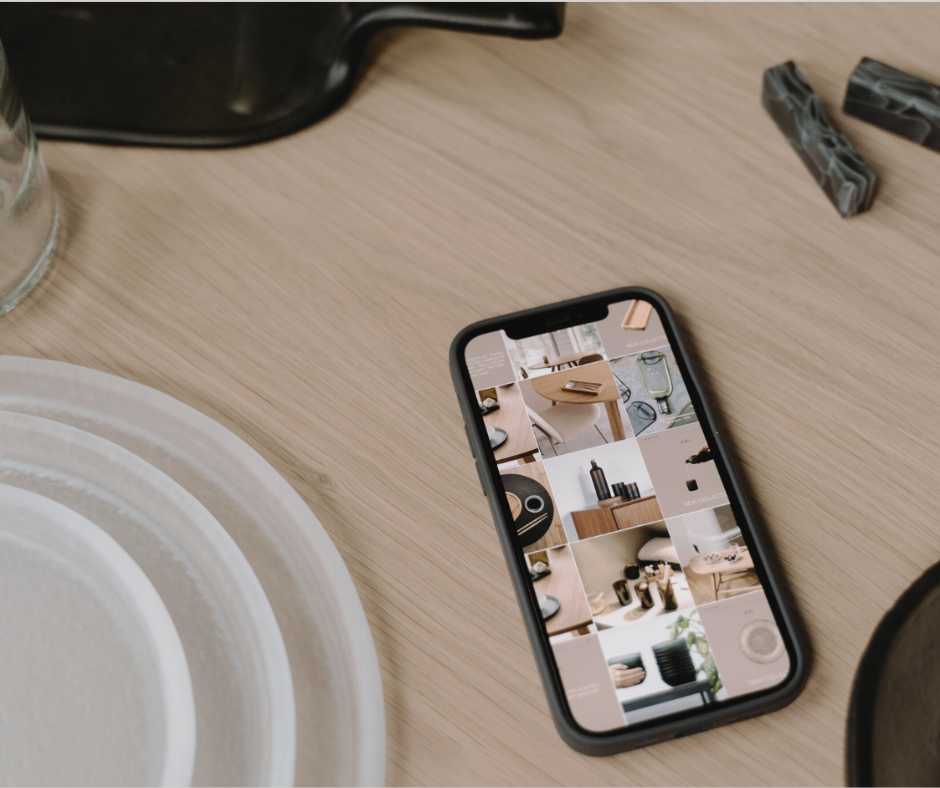
How Interior Designers Can Use SEO to Attract Local Clients
Summary
Local SEO is one of the most effective (and underutilized) ways interior designers can attract nearby clients. This guide walks you through how to make your business more discoverable in search—starting with your Google Business Profile, using location-specific keywords, creating dedicated service pages, and writing locally relevant blog content. With search evolving through AI-generated overviews, these foundational tactics matter more than ever. Visibility, like good design, is all about intentional structure.
Reflection Questions
If a potential client searched for an interior designer in your area today, would your studio show up?
Which parts of your website or online presence feel tailored to your local market—and which feel generic?
Are there moments in past projects or client relationships that could translate into helpful, locally-focused blog content?
Journal Prompt
Describe the ideal local project you’d like to book more of next year—be specific about the style, the neighborhood, and the client. Then ask: what content could I create now that would help that person find me online?
You don’t need a seven-figure marketing budget or a full-time tech team to rank on Google. In fact, some of the most successful interior designers today are making waves simply by showing up (albeit strategically) when and where potential clients are searching. Referrals are still gold, of course. But picture a potential client: someone new to town, someone finally ready to renovate, someone mid-scroll on their phone at 10 PM. She’s Googling “interior designer near me.” What happens next? If you’re not visible, you’re not even in the running, which is why you should give local SEO some thought.
According to recent research, about three quarters of consumers use Google when looking for local business information. If you’re relying solely on Instagram or referrals, you’re missing a lot of opportunity. In this DesignDash Guide, we’ll help you optimize your site for local traffic.
What Is Local SEO? (And Why It Matters for Interior Designers)

Local SEO refers to the process of optimizing your online presence so your business appears in search results when someone nearby is looking for your services. It helps ensure that when a homeowner in your area types “interior designer near me” into Google, your name has a chance to surface.
Local SEO is intentional; the architecture of your digital presence must align with how people actually search.
Design Is Local. Your Visibility Should Be Too.
Interior design is, by nature, local. Even if your aesthetic is global, your projects are rooted in neighborhoods, cities, and communities. That makes location-based visibility essential, not optional.
“About 75% of consumers use Google when looking for local business information.”
— Statista, 2021 via Semrush
When someone is ready to hire a designer, they’re rarely looking nationally. They’re looking for someone close by. Someone they can meet in person. Someone who understands their context.
A Modern Extension of Word-of-Mouth
Local SEO helps you meet potential clients where they are: on their phones, in their homes, at work. It doesn’t replace referrals or word-of-mouth; it supports them, strengthens them, and adds another layer of visibility.
How to Make the Most of Local SEO as a Firm Owner
Start With Google Business Profile
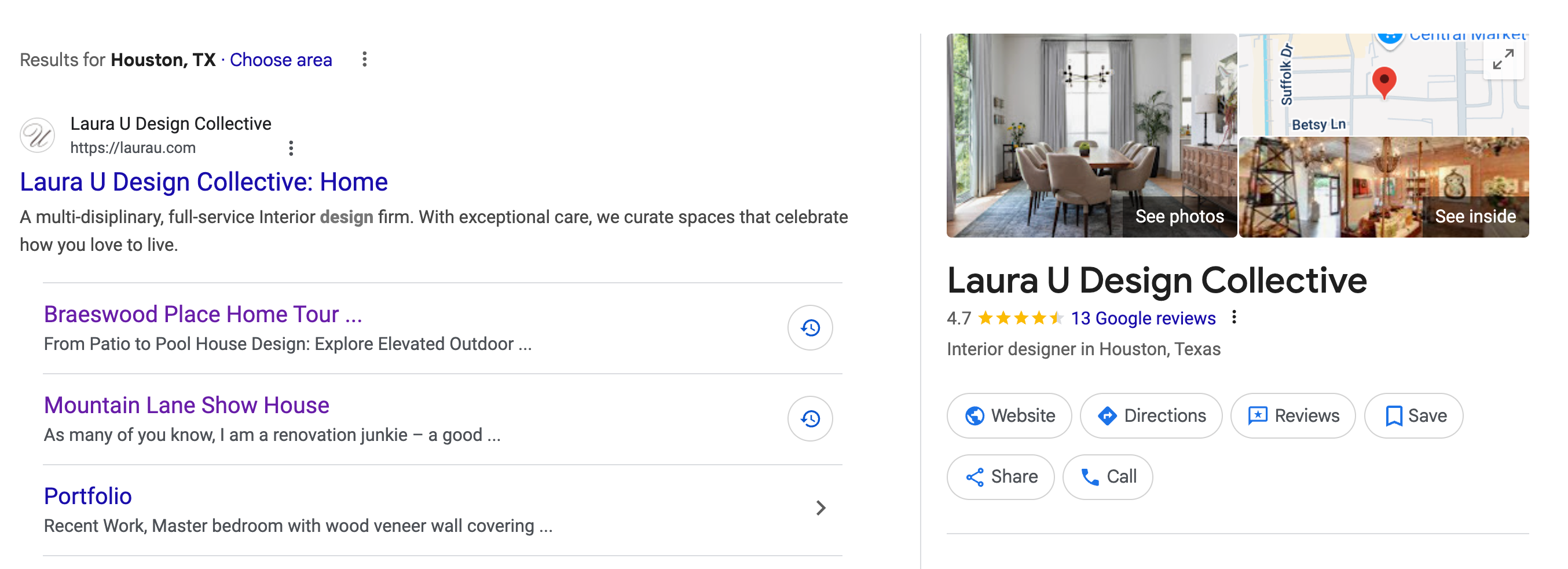
If you want to be found locally, your first move should be claiming and optimizing your Google Business Profile (formerly known as Google My Business). This is the listing that appears on Google Maps and alongside search results when someone looks up services like yours. It’s also one of the few parts of the internet you don’t have to build from scratch; Google gives it to you for free.
It’s easy to overlook this step in favor of a polished Instagram feed or a beautiful website, but it’s still incredibly important because, for many prospective clients, this listing is the first impression of your business. Sometimes, it’s the only one they need before making contact.
Make Sure You’re Claiming the Right Profile
Start by searching your business name on Google. If a listing already exists, you’ll want to claim it rather than creating a duplicate. If there’s nothing there yet, you can create a new profile by visiting google.com/business. Google will guide you through a verification process, which may involve mailing a postcard to your studio or home office to confirm that your business is located where you say it is.
Once verified, you can begin shaping how your business appears in local search.
Fuel your creative fire & be a part of a supportive community that values how you love to live.
subscribe to our newsletter
*please check your Spam folder for the latest DesignDash Magazine issue immediately after subscription
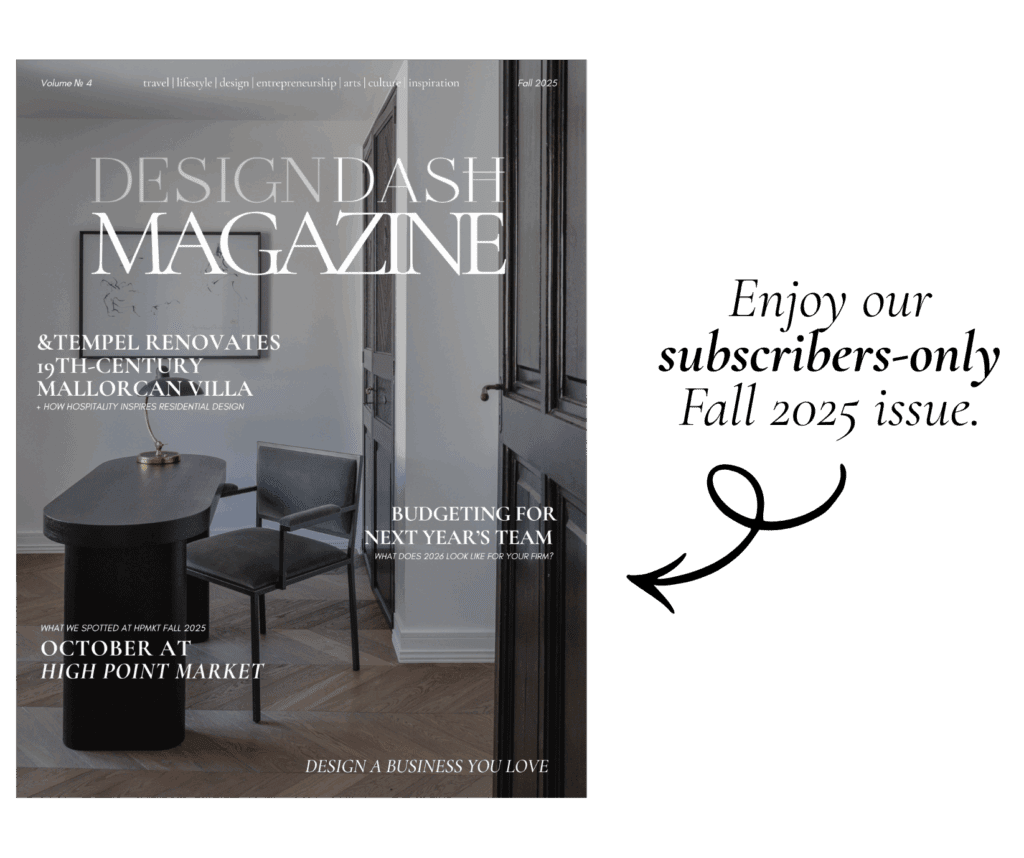
Optimize the Details That Matter
Your business name, address, phone number, and website should be accurate and consistent with what’s listed on your site and social platforms. Choose a primary category that clearly describes what you do— (“Interior Designer” is usually the right choice, though Google allows for additional categories if your work overlaps with staging, decorating, or renovation).
Beyond the basics, take time to upload professional photos of your work, list your services with care, and write a thoughtful business description. Keep your tone consistent with your website: professional but also reflective of your studio’s personality.
Reviews Matter (And Responses Matter Even More)
Google favors active, well-reviewed businesses in its local rankings. Encourage past clients to leave reviews after a project is complete. When a new review appears, respond with a short thank-you message that reflects your voice. Not only does this show professionalism, but it signals to both Google and potential clients that you’re attentive, engaged, and trustworthy.
Keep It Updated
An outdated profile is almost as bad as no profile at all. Check in regularly to update hours, services, or photos, especially after completing a new project or expanding your offerings. You can also share posts directly through your Google Business Profile, much like a social feed, which is a simple way to stay active and relevant in local search results.
Use Location-Based Keywords on Your Website
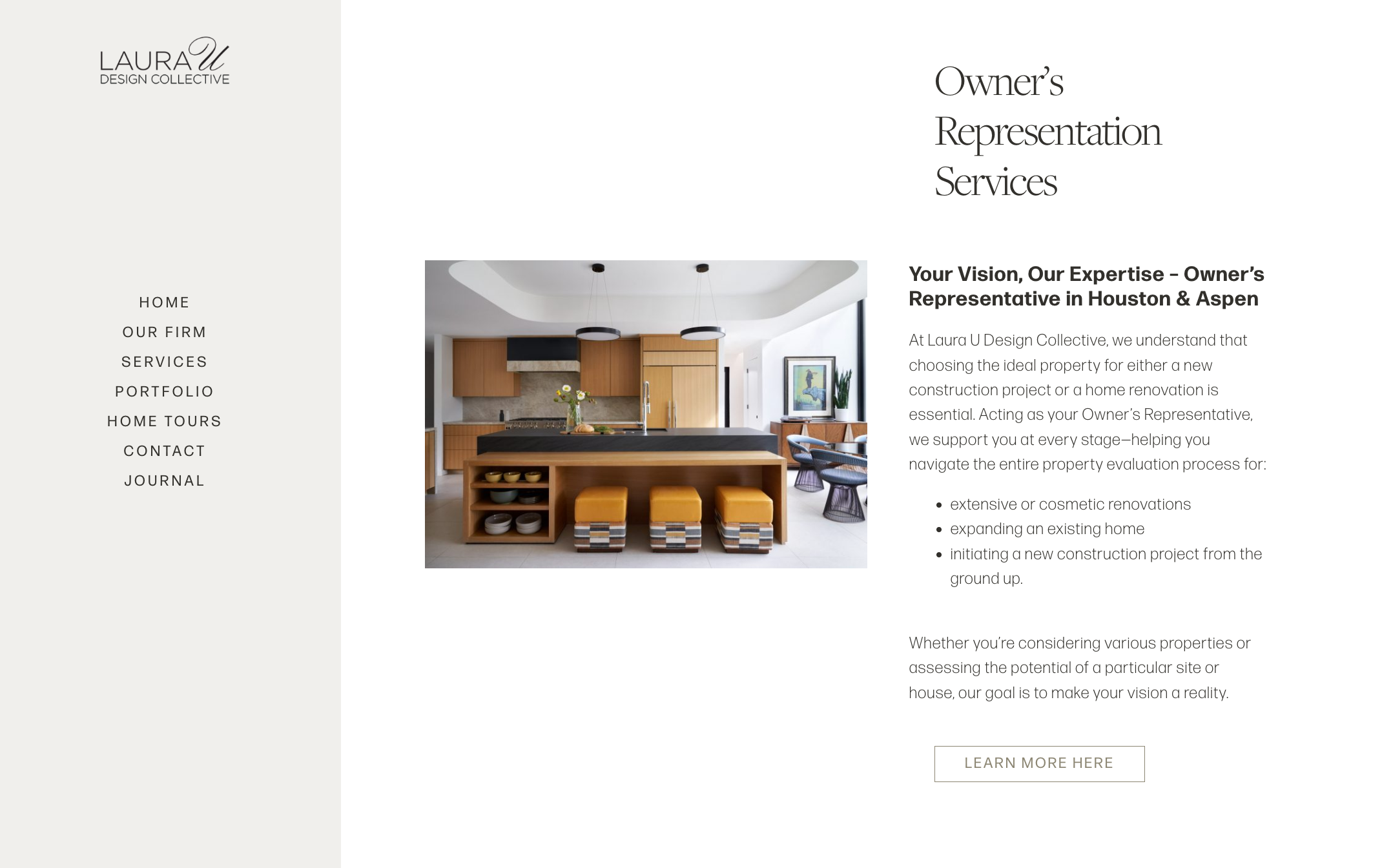
While your Google Business Profile helps clients find you through local maps and listings, your website plays an equally important role in shaping how—and where—you appear in search results. For interior designers, that means making thoughtful use of location-based keywords throughout your site.
Think Like a Client, Search Like a Local
When someone searches for design services, they rarely type in just “interior designer.” More likely, they’ll search for something like “modern interior designer in Charleston” or “kitchen renovation NYC.” These phrases combine your service with your geographic area, which makes them far more targeted and far more valuable.
By incorporating these kinds of location-specific terms throughout your site, you help search engines understand not only what you do, but where you do it. This is the foundation of local SEO.
Where to Use Location-Based Keywords
Start with the high-impact areas like…
- Page titles and meta descriptions
- Headings (H1s and H2s)
- Homepage copy and service descriptions
- Alt text for images (especially photos of completed projects)
- Footer or contact sections that include your studio’s name, address, and service area
These placements help Google read your site more accurately and they help your potential clients quickly confirm that you serve their area.
Tools to Support Your Research

If you’re unsure which keywords are most relevant for your location, start by typing a few search phrases into Google and looking at the autocomplete suggestions. Tools like Semrush or Google Keyword Planner can also help you uncover common search patterns in your city or region.
Don’t keyword stuff; this is very important. Think quality over quantity. A few thoughtful keyword placements used in clear, natural language go much further than repeating the same phrase over and over.
What’s Changed with AI in Search
With the advent of AI-generated search overviews, Google’s results are starting to blend traditional listings with synthesized answers. While these AI snapshots often summarize broader information, they still rely on well-structured, locally relevant content to pull from. That makes your keyword strategy more important, not less.
Pages that are clearly written, location-specific, and semantically rich are more likely to be referenced or ranked in both traditional listings and AI-enhanced results.
Fuel your creative fire, thrive with support from peers, & make 2025 your firm’s best year yet!
JOIN THE DESIGNDASH COMMUNITY

Create Location-Specific Service Pages or Landing Pages
While your homepage may offer a broad overview of what you do, it’s often too general to rank well for specific, local searches. You need dedicated pages on your site that highlight your services within a particular city, town, or region. This allows you to speak more directly to the needs, styles, and context of the clients who live there.
Why Location Pages Work
Google rewards relevance. If someone searches “interior design services in Boulder” and your website includes a page with that exact phrase as its title, along with thoughtful content that reinforces it, you’re much more likely to appear in the results.
Beyond visibility, these pages also serve a practical purpose: they help your prospective clients feel seen. A well-crafted page signals that you work in their area, understand its nuances, and are ready to take on projects nearby.
What to Include
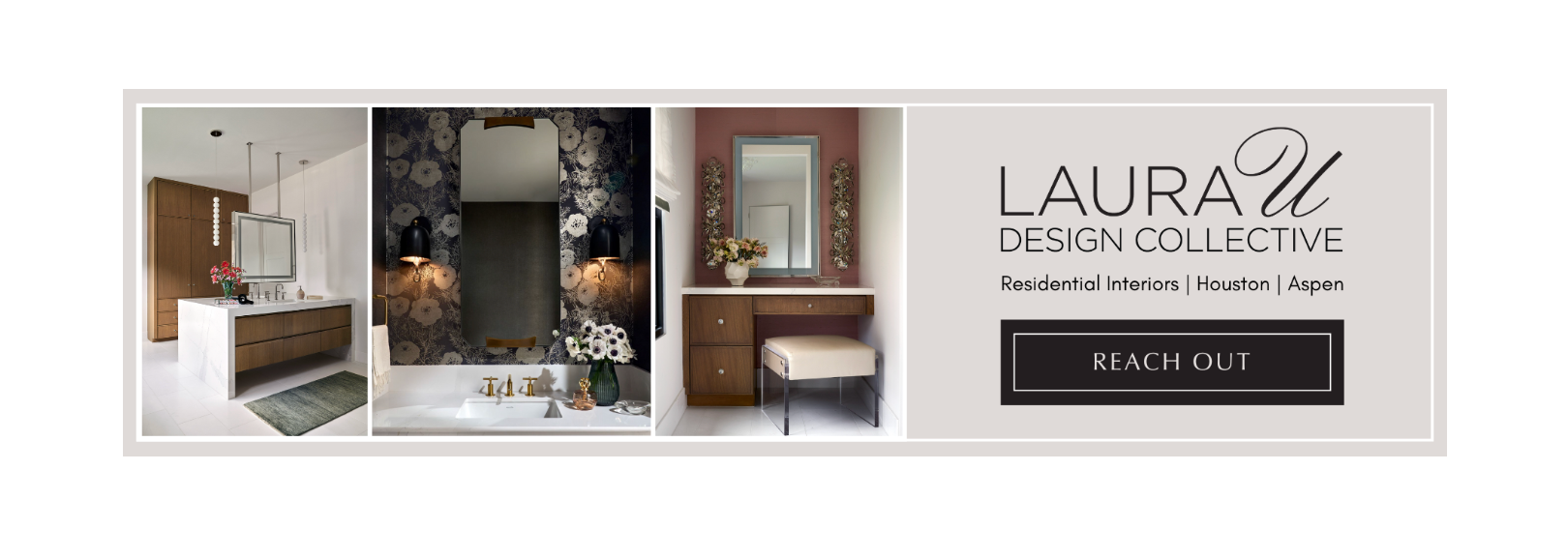
A strong location-specific page should feel just as intentional as your homepage. At a minimum, include…
- A clear headline that states the service and the location (e.g., Interior Design Services in Charleston, SC)
- A short introduction that references local styles, needs, or neighborhoods
- A description of your services, ideally customized to reflect the kind of work you most often do in that area
- Testimonials or project highlights from clients in the region
- A call-to-action (CTA) that invites the visitor to book a consultation or get in touch (pictured above)
You can also link to this page from your homepage or footer and reference it within your Google Business Profile to create continuity across platforms.
Build Thoughtfully, Not Excessively
You don’t need a separate page for every zip code. Focus on the locations where you actively work or want to. A few well-optimized pages will serve you better than a dozen generic ones.
Blog for Local Reach
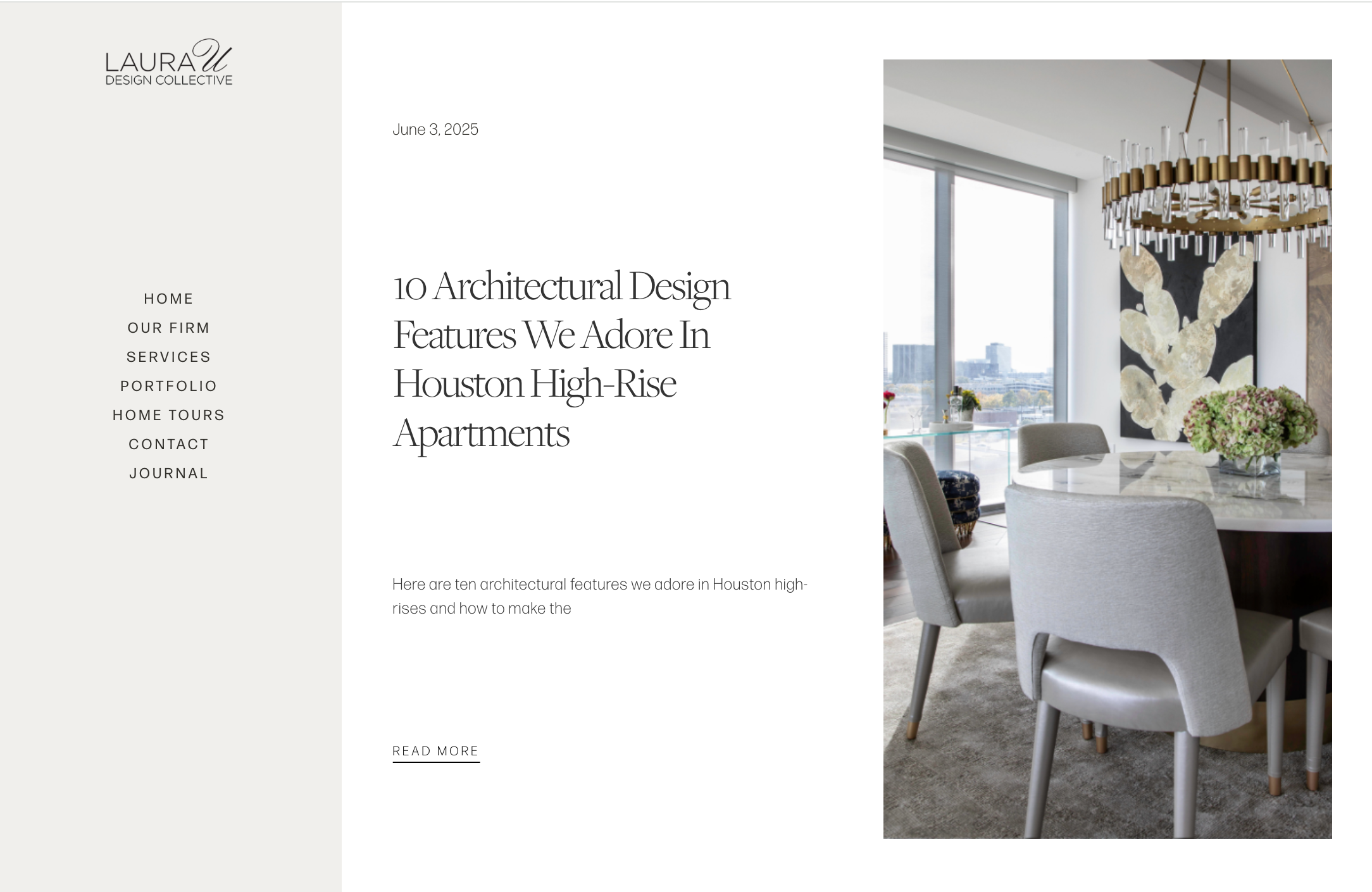
A well-designed blog is often necessary for attracting local clients, establishing expertise, and improving your visibility in search results. In many ways, blogging can simply be a more expansive version of what you already do: telling the story of a space, walking clients through a transformation, or sharing your point of view on design trends and materials.
Write About What People Are Already Searching For
Start by considering the questions your clients tend to ask: What’s trending in our area? What should I know before starting a remodel? How long does a kitchen renovation take? These kinds of queries often mirror what someone might type into Google.
Pair those natural questions with local cues to create posts that are both helpful and highly discoverable. The more specific and grounded your content feels, the more likely it is to resonate with both search engines and the clients you want to attract.
Include Keywords, But Keep It Natural
Yes, keywords still matter, but they should feel like a seamless part of your writing, not something bolted on after the fact. Include your city or region in the headline, subheads, and intro paragraph where it makes sense, but prioritize clarity and tone. Your blog should reflect your expertise, your aesthetic, and your ability to communicate.
Add Value With Visuals
Interior design is a visual discipline, and your blog should reflect that. Include high-quality images of your work (properly named and compressed for web), along with captions that reinforce the local angle. If the project took place in a recognizable neighborhood, mention it. If you collaborated with a local artisan or sourced from nearby showrooms, share that too.
These details not only ground the project in place, they also give Google more context to understand your relevance in that market.
Balance Evergreen Content With Timely, Trend-Focused Posts
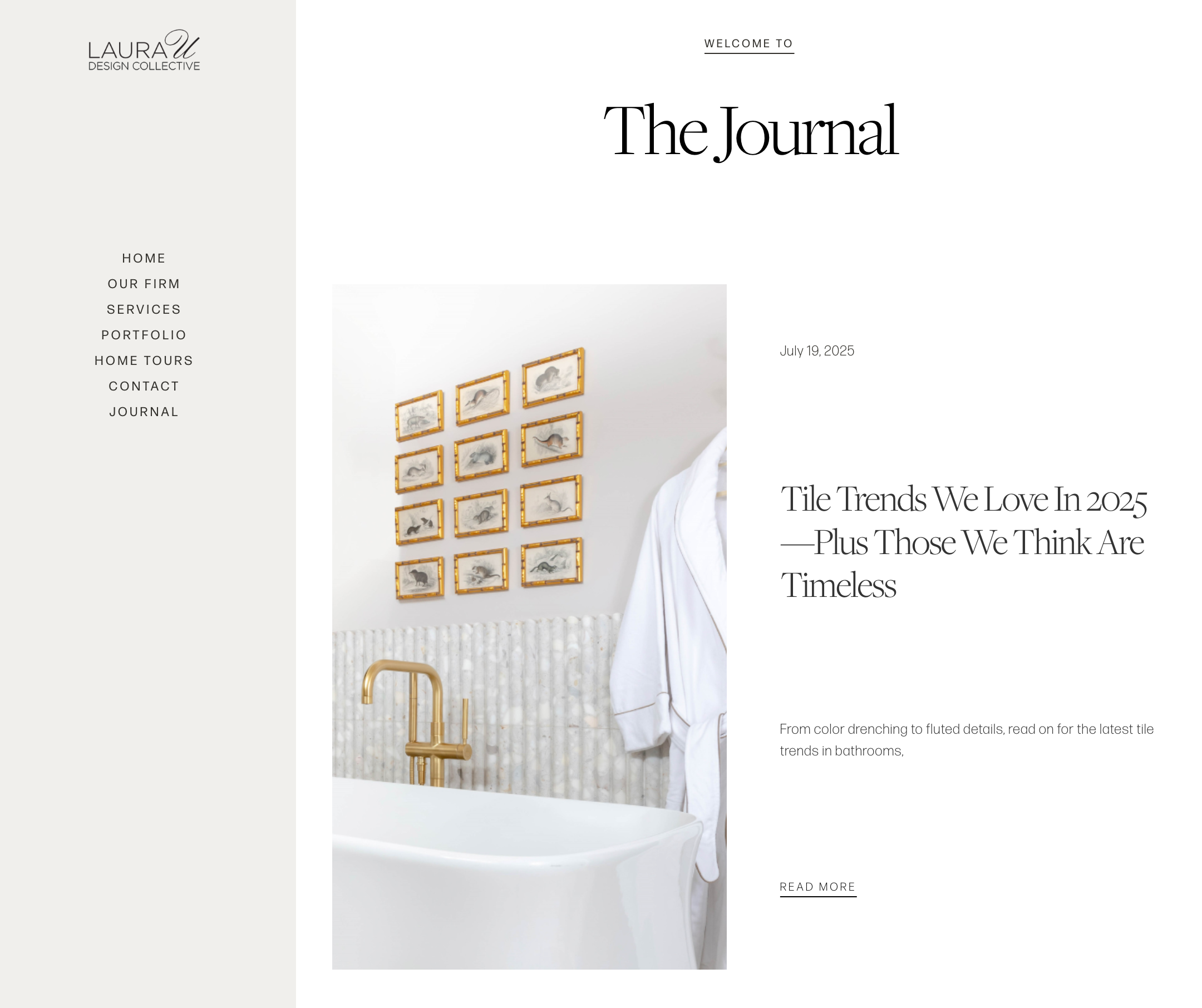
When planning your blog, aim for a mix of evergreen content—posts that stay relevant over time—and timely pieces that speak to current trends, seasons, or events in your area.
An evergreen post might cover how to plan a whole-home renovation or what to expect from a design consultation, while a more time-sensitive piece could highlight this April’s High Point Market. Both have value; evergreen content builds long-term search traffic, while timely posts show that you’re engaged, observant, and connected to your community.
The Bottom Line on Local SEO
When someone searches for an interior designer, they’re usually seeking proximity, professionalism, and trust. Local SEO helps you communicate all three to prospective clients. It ensures that your firm’s site is both beautiful and discoverable.
The good news is that much of this is within your control: a clear Google Business Profile, location-based keywords, well-structured service pages, and thoughtful blog content. If you focus on all of these, you will capture local search.
Written by the DesignDash Editorial Team
Our contributors include experienced designers, firm owners, design writers, and other industry professionals. If you’re interested in submitting your work or collaborating, please reach out to our Editor-in-Chief at editor@designdash.com.








